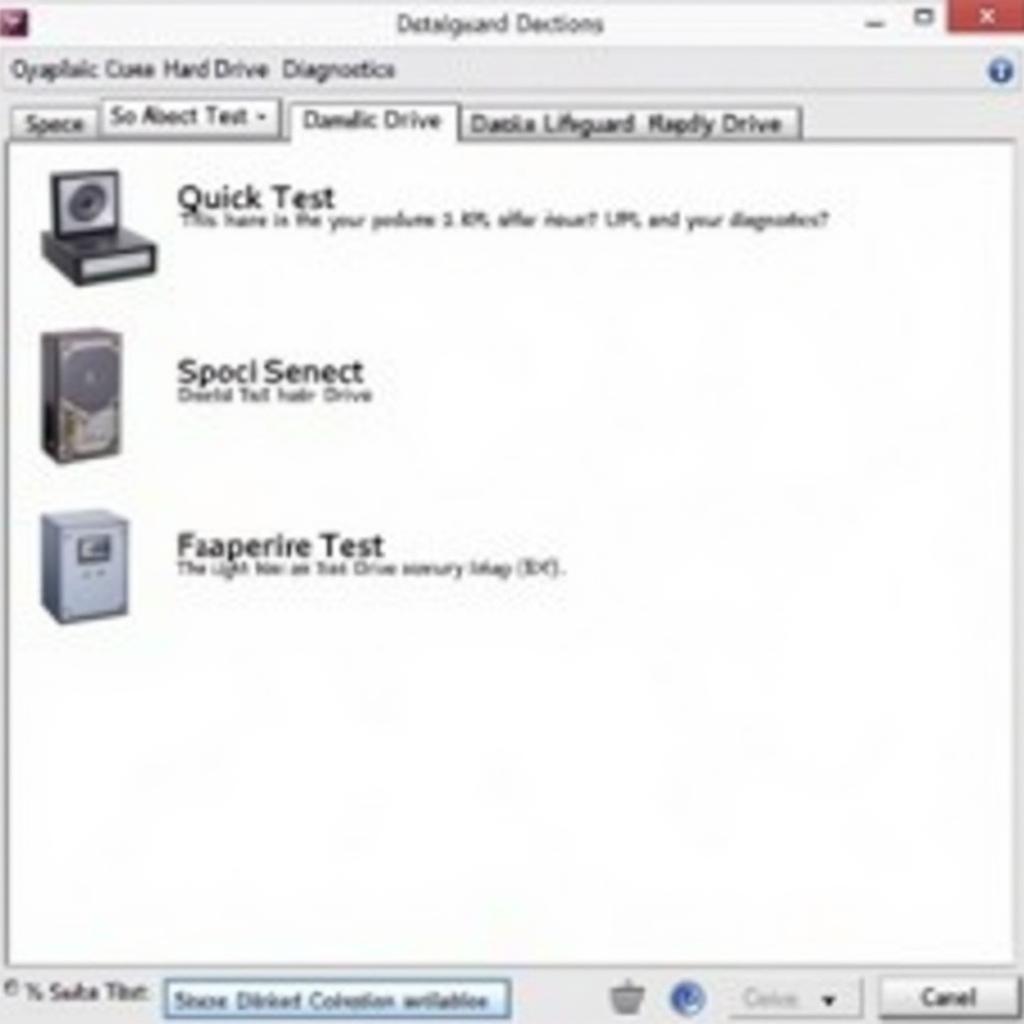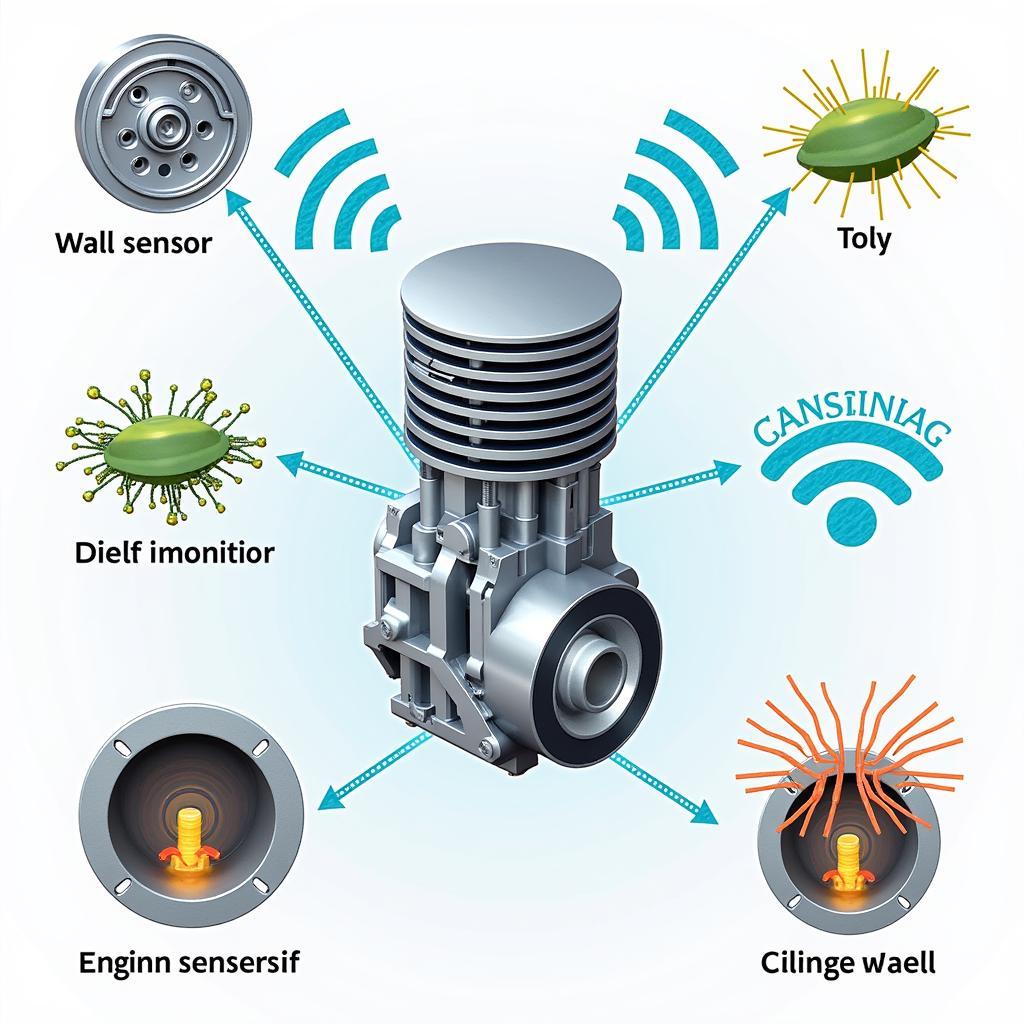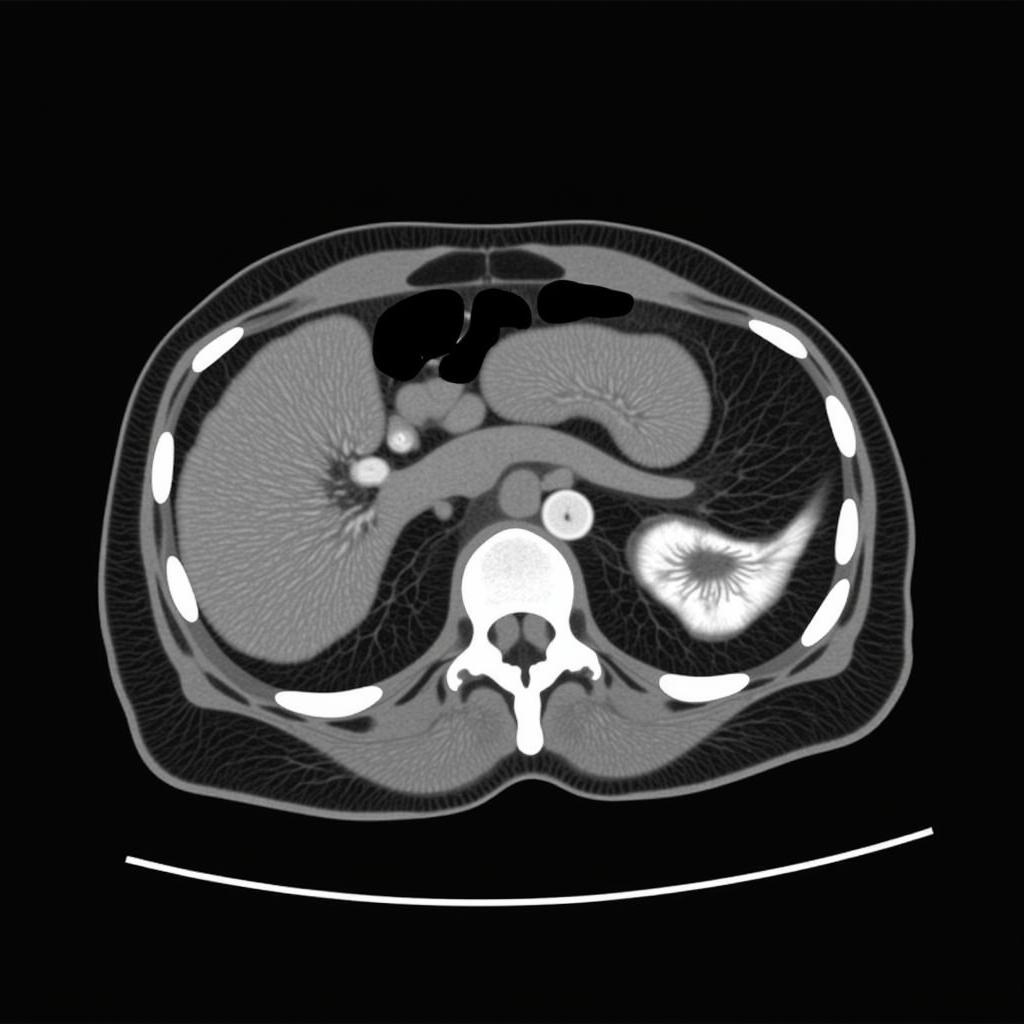Automotive diagnostic tools are essential for anyone working on modern vehicles. From identifying a check engine light’s root cause to programming new modules, these tools bridge the gap between complex electronic systems and the technician. Whether you’re a seasoned mechanic, a DIY enthusiast, or a shop owner looking to invest, this guide will empower you with the knowledge to effectively utilize these powerful devices.
Understanding the Importance of Automotive Diagnostic Tools
The automotive landscape has evolved drastically. Gone are the days of simple mechanical systems. Today’s vehicles are intricate networks of electronic control units (ECUs) that manage everything from engine performance to safety features. An automotive diagnostic tool acts as the key to unlocking these systems, providing invaluable insights into their operation and pinpointing issues with precision.
Why Choose the Right Automotive Diagnostic Tool?
Selecting the appropriate automotive diagnostic tool is crucial. The wrong tool can lead to misdiagnoses, wasted time, and unnecessary repairs. Consider your specific needs and budget. Are you a professional mechanic dealing with a wide range of vehicles, or a DIYer focusing on a single car? Do you need advanced programming capabilities or just basic code reading functionality?
Some tools excel at providing in-depth data for specific manufacturers, while others offer broader coverage across different makes and models. Researching different brands, features, and user reviews is vital to making an informed decision.
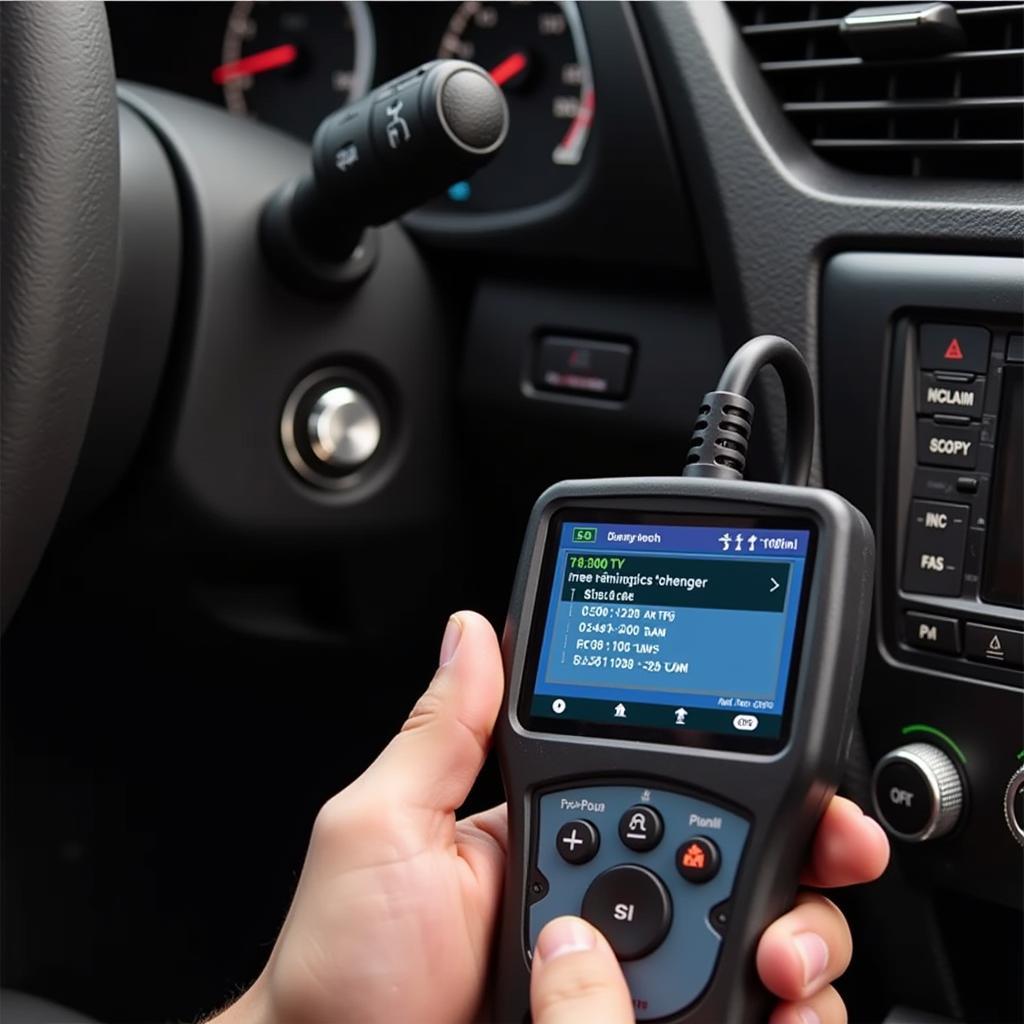 Technician using an automotive diagnostic tool to troubleshoot a car's engine.
Technician using an automotive diagnostic tool to troubleshoot a car's engine.
Key Features to Look For in an Automotive Diagnostic Tool
Not all automotive diagnostic tools are created equal. Here’s a breakdown of essential features:
- Code Reading and Clearing: The ability to read and clear diagnostic trouble codes (DTCs) is fundamental. This allows you to identify the source of a problem based on the codes generated by the vehicle’s ECUs.
- Live Data Streaming: Real-time data monitoring is essential for diagnosing intermittent issues and understanding how different systems are functioning.
- Bi-directional Controls: This feature allows you to activate various components, like actuators and solenoids, to test their functionality and pinpoint faulty parts.
- Special Functions: Many advanced tools offer specialized functions such as key programming, module coding, and DPF regeneration.
Choosing a tool with the right combination of features can significantly enhance your diagnostic capabilities.
Different Types of Automotive Diagnostic Tools
From basic code readers to sophisticated scan tools, the market offers a wide range of automotive diagnostic tools to cater to diverse needs and budgets.
OBD-II Code Readers
These entry-level tools are ideal for DIYers and car owners looking to understand basic trouble codes. They are generally affordable and easy to use, allowing you to quickly read and clear codes.
Handheld Scan Tools
Handheld scan tools provide more advanced functionality than basic code readers. They often include live data streaming, bi-directional controls, and some special functions, making them suitable for both DIYers and professional mechanics.
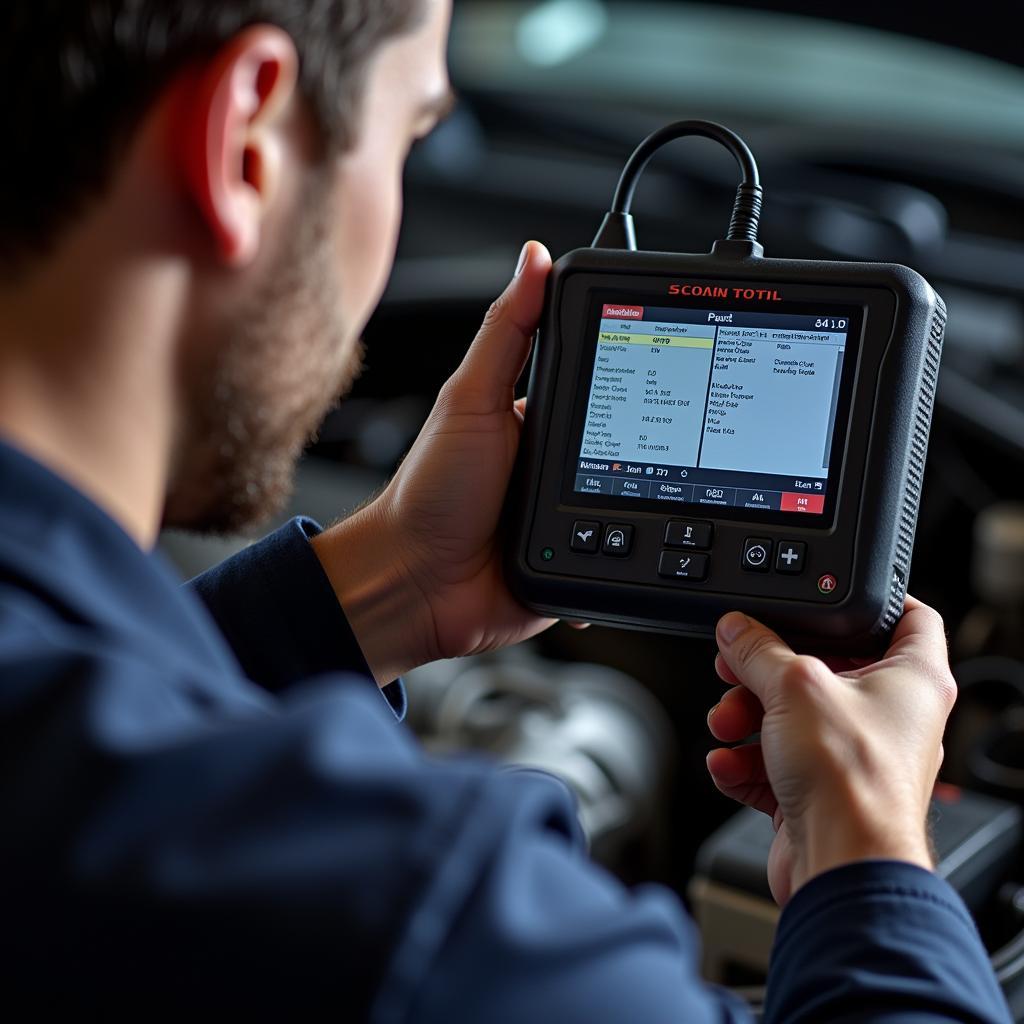 A mechanic holds a handheld automotive diagnostic scan tool, displaying diagnostic information.
A mechanic holds a handheld automotive diagnostic scan tool, displaying diagnostic information.
PC-Based Scan Tools
These tools connect to a computer, offering the most comprehensive diagnostic capabilities. They often come with advanced software that provides detailed data analysis, graphing, and reporting features.
Choosing the Best Automotive Diagnostic Tool for Your Needs
“Investing in a quality diagnostic tool is like having an expert mechanic by your side,” says John Miller, a seasoned automotive technician with over 20 years of experience. “It empowers you to understand your vehicle’s health and make informed decisions about repairs.”
Using an Automotive Diagnostic Tool: A Step-by-Step Guide
- Locate the OBD-II port: Typically located under the dashboard on the driver’s side.
- Connect the diagnostic tool: Plug the tool into the OBD-II port.
- Turn on the ignition: Turn the key to the “on” position without starting the engine.
- Read the codes: Select the “read codes” function on the tool.
- Interpret the codes: Consult a repair manual or online database to understand the meaning of the codes.
- Clear the codes: After addressing the issue, use the tool to clear the codes.
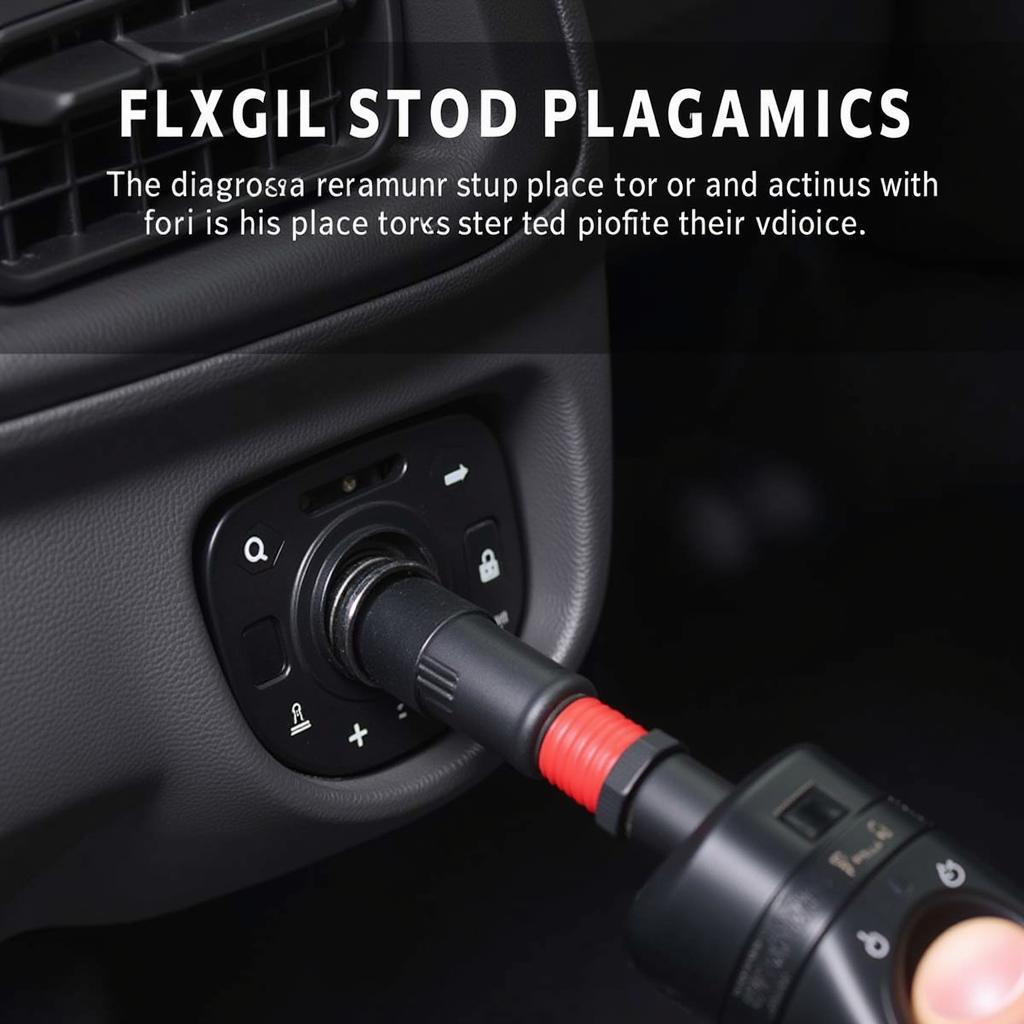 A mechanic connects an automotive diagnostic tool to a car's OBD-II port.
A mechanic connects an automotive diagnostic tool to a car's OBD-II port.
“Remember, a diagnostic tool is just a tool,” adds Sarah Chen, an automotive electronics specialist. “Proper diagnosis still requires a solid understanding of automotive systems and diagnostic procedures.”
Conclusion
Automotive diagnostic tools are invaluable for anyone working on modern vehicles. From simple code readers to advanced scan tools, choosing the right tool can significantly enhance your diagnostic capabilities and save you time and money. Contact ScanToolUS at +1 (641) 206-8880 or visit our office at 1615 S Laramie Ave, Cicero, IL 60804, USA for all your automotive diagnostic tool needs. We’re here to help you navigate the complex world of automotive electronics.
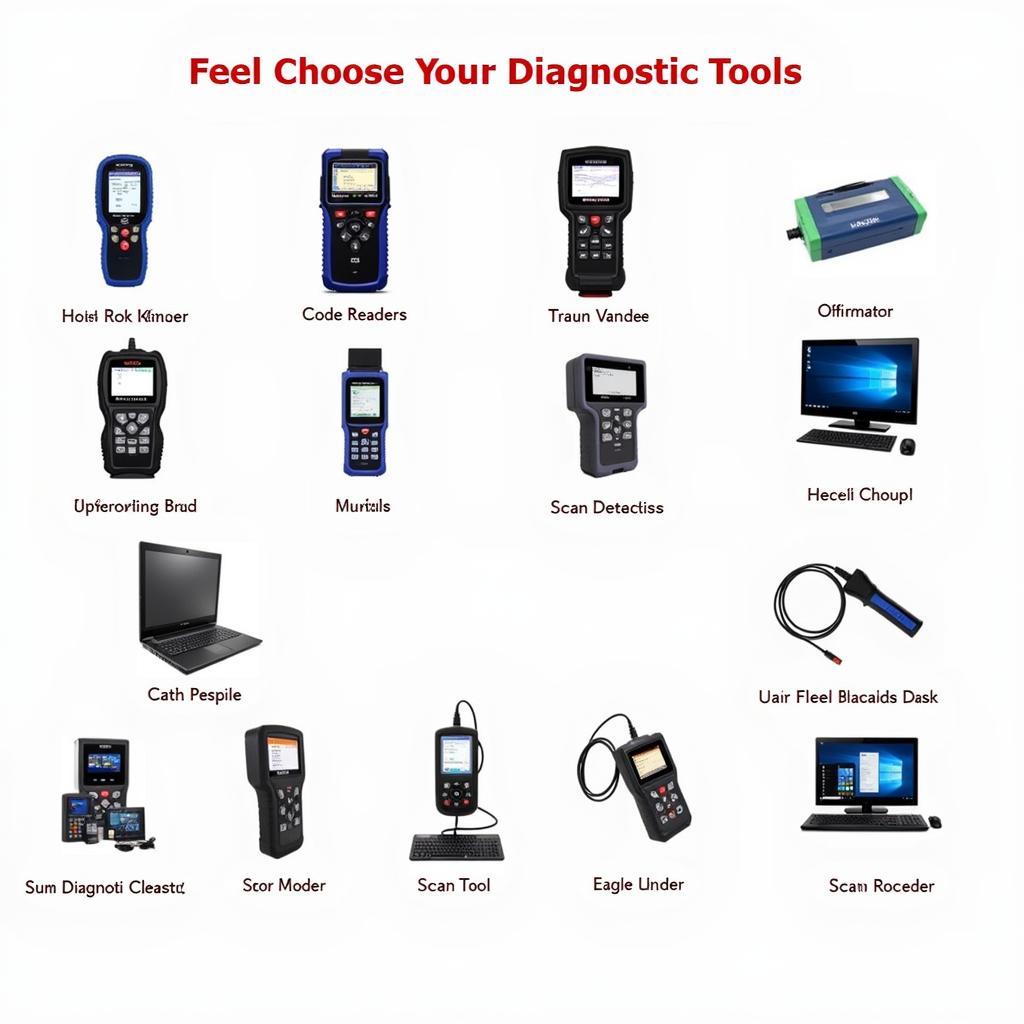 A collection of various automotive diagnostic tools, showcasing different types and functionalities.
A collection of various automotive diagnostic tools, showcasing different types and functionalities.
FAQ
-
What is an automotive diagnostic tool?
An automotive diagnostic tool is an electronic device used to interface with a vehicle’s computer system to retrieve diagnostic trouble codes (DTCs) and other data. -
Do I need an automotive diagnostic tool?
If you work on cars, even for basic maintenance, a diagnostic tool can be invaluable. -
What type of automotive diagnostic tool is right for me?
It depends on your needs and budget. Basic code readers are suitable for DIYers, while professional mechanics may require more advanced scan tools. -
How do I use an automotive diagnostic tool?
Most tools connect to the vehicle’s OBD-II port and have a user-friendly interface. -
Where can I buy an automotive diagnostic tool?
Automotive diagnostic tools can be purchased from various retailers, including online stores and automotive parts suppliers. -
What is the OBD-II port?
The OBD-II port is a standardized connector found in most vehicles manufactured after 1996, used to access diagnostic information. -
Can an automotive diagnostic tool fix my car?
No, it helps identify problems but doesn’t perform repairs. You’ll need the appropriate tools and knowledge to fix the issues.

